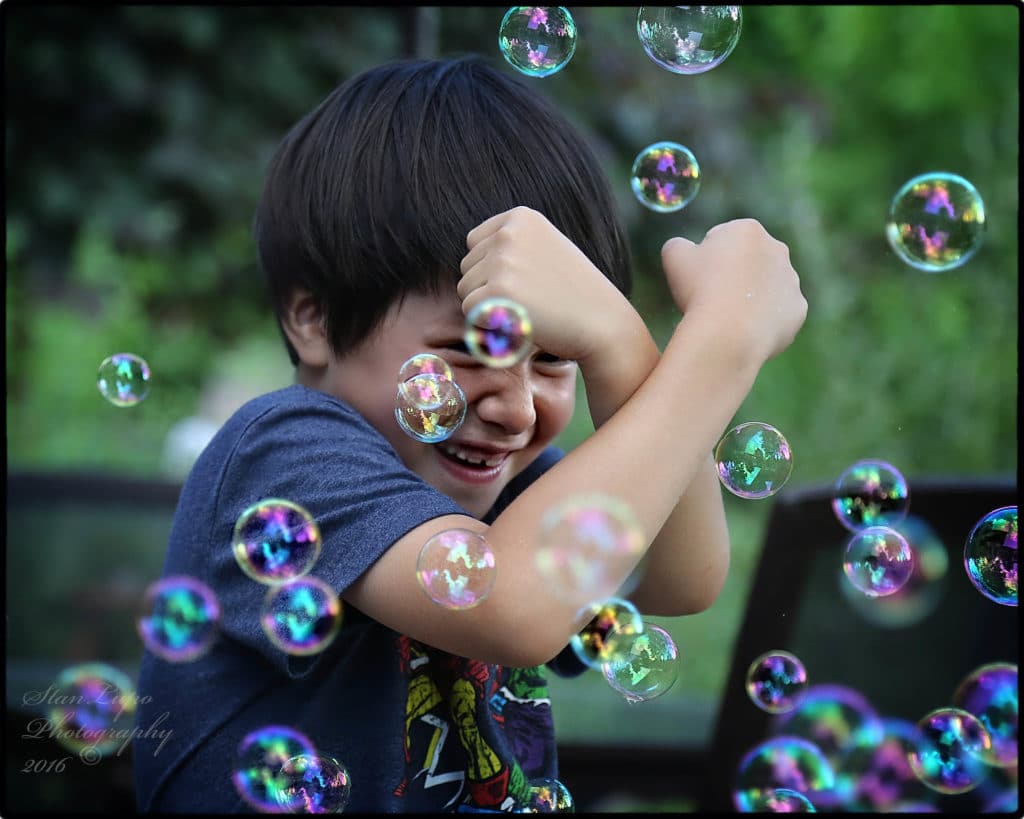
On March 30, 2011, in response to a Boston Globe article about kids and learning, I wrote, “What kids need to learn is 1. Time, 2. Space, 3. Access to Materials and 4. Support. They also need Freedom to Explore.” I dubbed this the “time-space-access-support-freedom framework for learning.”
I wrote that blog post based entirely on my own experiences and observations. I have seen, time and again, how my own children (and others) learn amazing things when left to their own devices in an enriching environment — especially when there’s an adult nearby to build on their interest and enthusiasm.
Flash forward to today. I’m in the midst of researching an article about scientific thinking in young children when these sentences catch my eye:
An environment that fosters scientific thinking is one that gives young children the time, space, and materials to exercise their curiosity. It also gives them the freedom to engage in child-centered explorations, experimentations, and explanations.
Those sentences, authored by Ruth Wilson, PhD, are part of a larger article entitled, “Promoting the Development of Scientific Thinking.” They also echo my earlier sentiments exactly.
So…
Let your son splash in the tub. Toss in some old plastic containers as well.
Catch bugs with him. Talk about what they eat and where they live.
Let him play in the dirt. He’ll find rocks and worms and bugs and a million other things to ponder.
Tolerate experimentation in the kitchen. My boys have mixed together some pretty nasty concoctions, but learned a ton in the process.
Buy balloons. And magnets. Magnifying glasses too. Let your sons play with them.
Stop cringing when your son brings home critters. Let him observe and care for his catches briefly (if possible). Then help him figure out an appropriate habitat for said critters.
Encourage collections. I know — you probably have too many rocks in the house already. But young boys learn by observing, comparing and classifying.
What are some of your favorite ways to encourage learning?
This post contains affiliate links
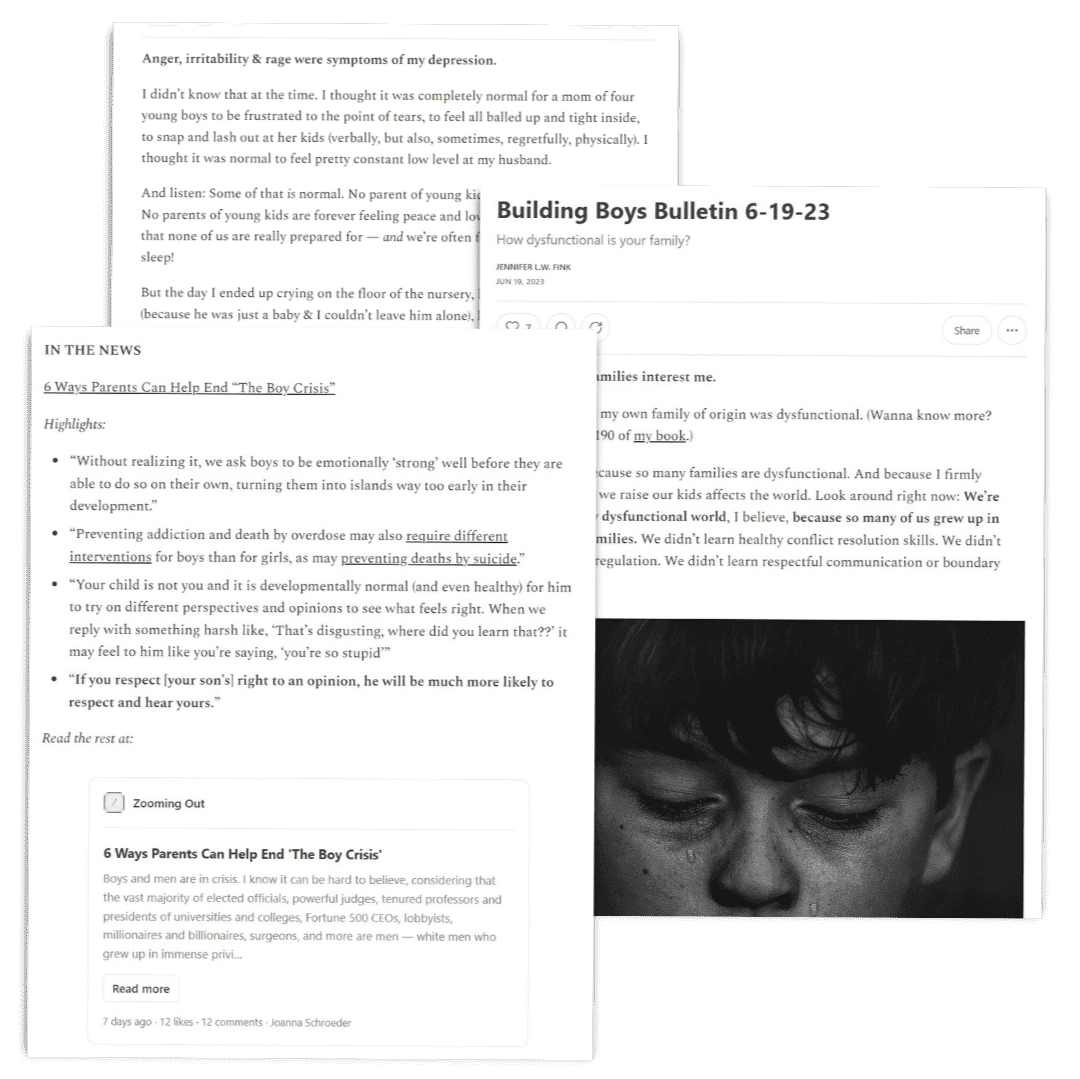

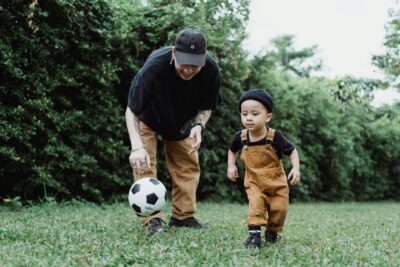
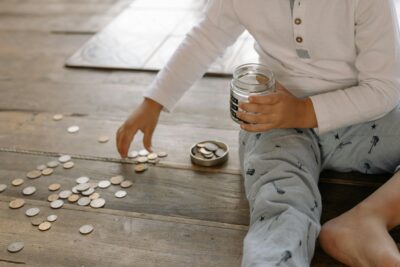
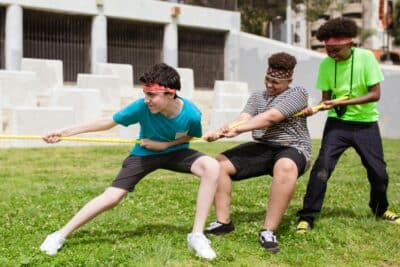
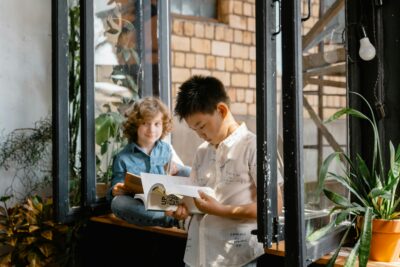

4 Responses
Now that summer is here one would think the neighborhood would be filled with playing kids. Sadly they are in the house watching tv and playing video games. They are also shipped from one activitie to another. It’s a shame they don’t get the time or are encouraged to catch fireflies in the back yard, or have a bonfire and campout. It’s so amaing to watch my kids invent games and interact with each other. Last night they played drive through, raceing games, splashed in the pool, picked raspberries (and ate them), and caught fireflies in one evening. This weekend we are camping at a no frills campground. Thekids are excited to visit the nature center and earn their Jr. Ranger badges. We plan to go Geo Cashing, hike in the woods and sand dunes, tracking, swimming, kite flying, other lawn sports, and skipping rocks! No electronics needed here. I think kids need to explore, touch, feel and run ammuck. Spending your summer hooked up to an electronic device offers what real memories and experiances. What happened to the 70’s when we spent the entire day until bedtime outside playing.
Sounds like your kids are having an amazing summer! I’ll admit that the TV, computer and video games are part of our summer as well — one of my boys is currently playing video games while another watches TV — but they get plenty of outside time too. We just returned from a camping trip like you described. Stay tuned — I’ll be posting more about it later.
Your advice is right on. Kids need to simply have opportunities to create and solve engineering problems. It should be a balance of free-play and some examples by the parents or older children. At the pool yesterday, for example, filled a bucket with water, flipped it upside down and dared then to pull it out of the water straight up. Super heavy of course. Then we all experimented with the paradoxes of making the bucket too heavy to lift, light enough to lift with a finger, able to float on top of the water, or half submerged, or underwater. Then we threw buckets of water at each other.
It’s 90 plus degrees here and incredibly humid. I’m thinking a pool-based science lesson might be just the thing. 😉